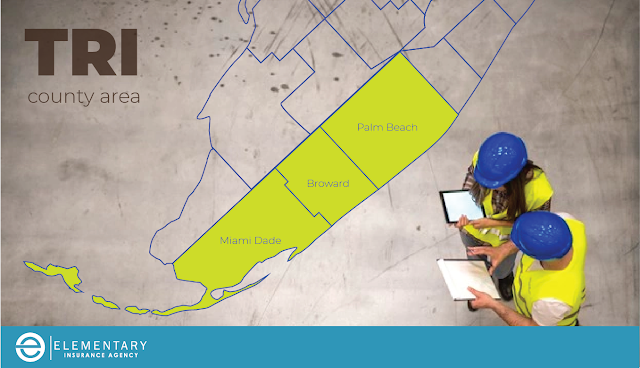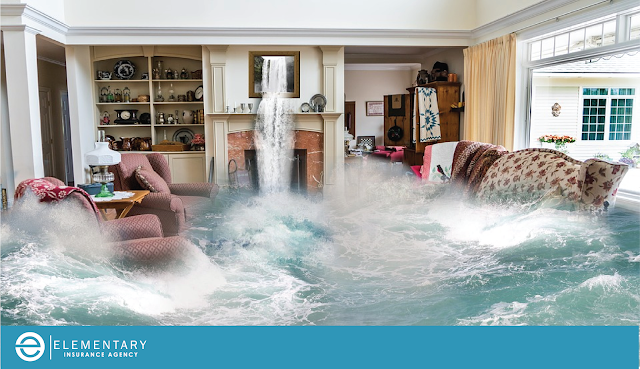Umbrella Insurance

Umbrella insurance gives policyholders extra insurance beyond the limits and coverages of their existing policies.Umbrella policies can protect your assets from; lawsuits, medical bills, injuries, etc. If your homeowners or auto insurance’s limit is not high enough to cover an incident, an umbrella policy can help. What can an umbrella policy cover? Here are some scenarios: If you are responsible for a car accident You cause a 15-car accident and your auto insurance property damage coverage can only replace a certain number of victims' vehicles. Your personal liability coverage is also not high enough to pay for their medical bills. Someone gets injured on your property Your teenage daughter throws a party at your house while you’re out of town. Someone brings alcohol to the party, and one of the guests injures himself by jumping off the roof. H is parents decide to sue you for the damages and the underage drinking. If your dog bites someone Your dog runs out of the house and ag





